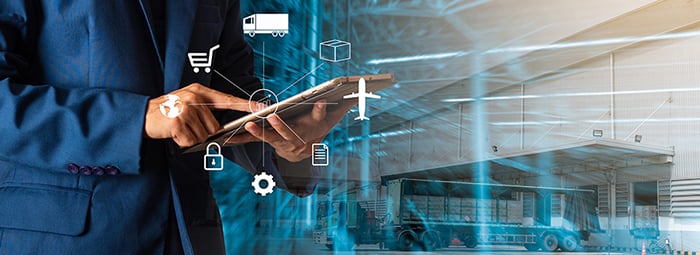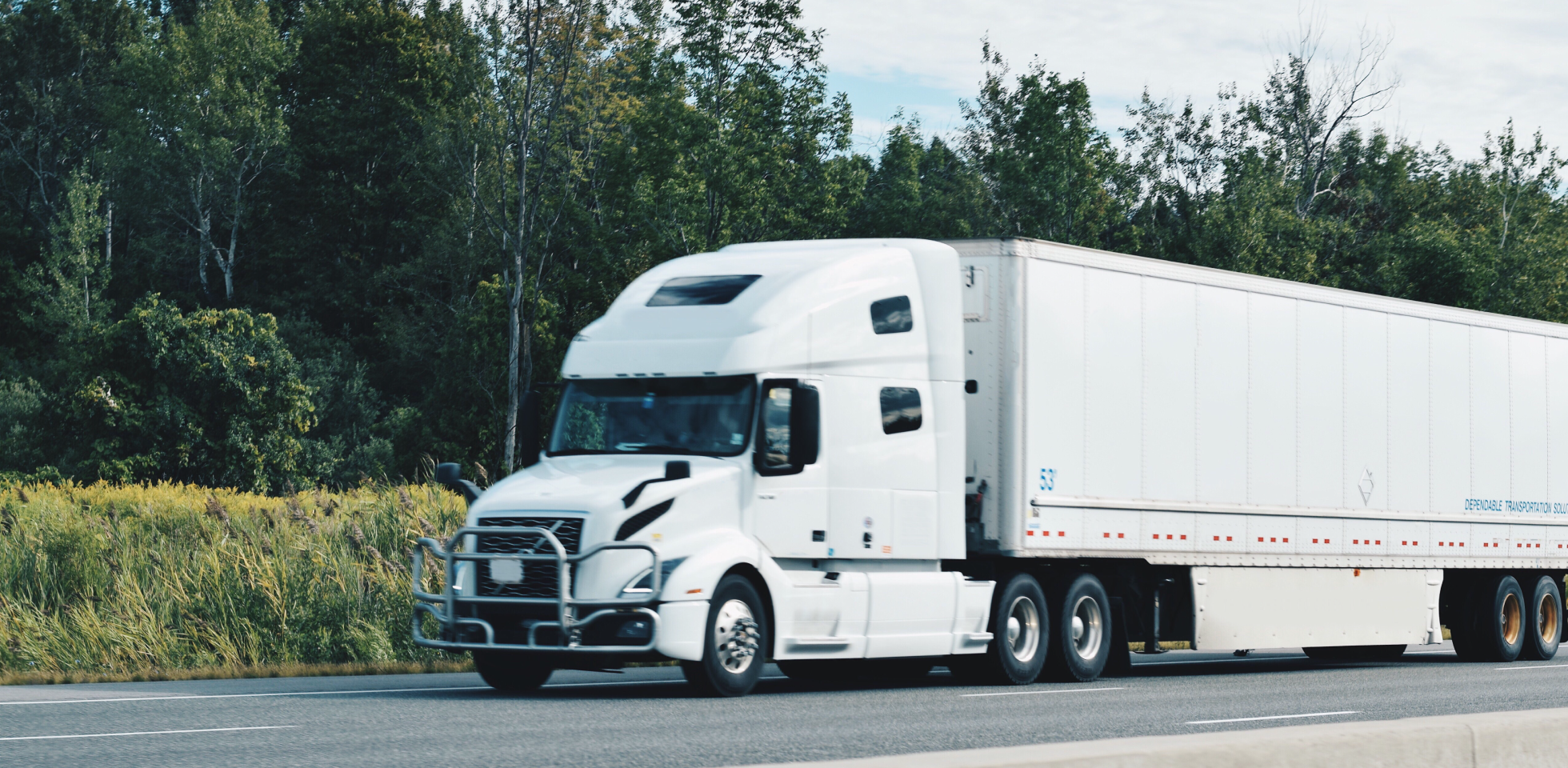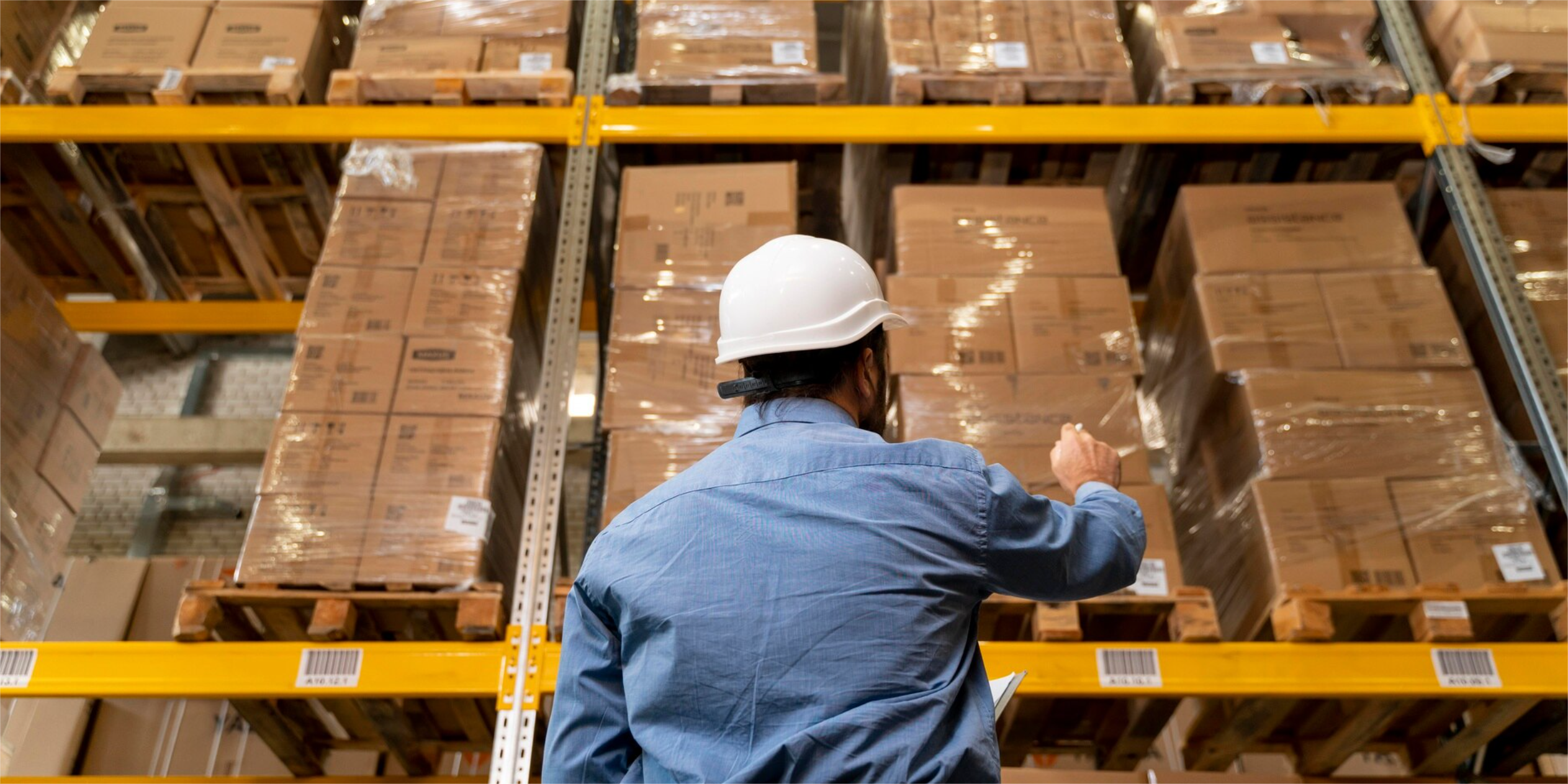Knowing which type of outsourcing model is better depends on the complexity of the supply chain and the strategic goals of each company, and of the nature of its products and the way the sector handles itself.
A fourth-party logistics (4PL) company represents a higher level of supply chain management than a third-party logistics (3PL) company because it serves as a control tower overseeing all the providers of services: warehousing, shipping, cargo brokers, etc.
4PL companies are an interface between clients and service suppliers; it acts as a Human Resources outsourcing company since it generally does not hold any transportation or warehousing assets, instead it coordinates the operations of the supply chain, including shipping, warehousing, and reverse logistics and provides end-to-end visibility and clarity. The main feature of 4PL companies is planning and carrying out strategies focusing on providing better service and value in a comprehensive manner.
Nonetheless, 4PLs manage all these operations of the supply chain, including shipping, warehousing, reverse logistics, and more; breaking silos and providing end-to-end visibility and clarity.
Differences between 1PL, 2PL, 3PL, and 4PL models
Understanding the difference between a 3Pl and a 4PL, as well as that between 1PL and 2PL, may be confusing and is, in fact, open to debate within the logistics sector. We explain each next:
- The first-party logistics model (1PL) refers to manufacturing or retail companies that act both as senders and addressees, those which ship goods between their own facilities, in this case, the distribution is carried out solely by the supplier.
- The second-party logistics model (2PL) applies for those companies that provide freight service in a specific segment: sea transportation, railroad company, or freight carrier.
- According to the Council of Supply Chain Management Professionals, the 3Pl model consists in outsourcing all or great part of the logistics operations of a company. The term came to be during the 1970s to identify Intermodal Marketing Companies (IMCs) in the freight contracts but has now extended to cover any sort of logistics services: transportation, warehousing, cross-docking, stock management, packaging, etc. 3PLs were legally defined in 2008 as entities that merely receive, retain, or transport consumer goods but do not take responsibility over; in other words, they are cargo brokers or couriers that integrate and offer outsourced logistics and transport services.
In this model, clients basically retain the administration of the supply chain, but the basic and value-added logistics operations are carried out by one or more suppliers. Companies generally hire 3PLs when their supply chains become too complex to be handled internally or when their operations require technological solutions that are hard to afford such as warehouse or transport management systems. 3PLs can offer innovative strategies that meet the demands of clients while remaining profitable; however, they cannot have direct supervision over the goods’ quality because they are just an outsourced supplier.
- In the 4PL model, companies hire the administration of all or most of the logistics tasks and the execution of the supply chain. 4PLs generally offer a more strategic point of view, are neutral, and manage the logistics process independently of which freight companies or warehousing services are hired. They can even manage the 3PLs who are already working with their clients.
The term 4PL was trademarked by Accenture in 1996 but became generic later. Currently, 4PLs are also known as “leading logistics suppliers” and, according to the Council of Supply Chain Management Professionals, it differs from other models in the following features:
- 4PLs are independent entities set up as joint ventures or through a long-term contract between the main client and one or more partners.
- 4PLs act as an interface between clients and several suppliers of logistics services.
- 4PLs manage all, or most, aspects of its clients’ supply chains.
- External logistics suppliers can become 4PLs with the structure they already have in place.
Main differences between 3PLs and 4PLs
- 4PLs offer more integration and optimization features; 3PLs focus more on day-to-day operations.
- 4PLs form high-level strategic relationships; 3PLs focus more on operations.
- 4PLs offer a sole contact point for the supply chain and takes on the transportation, warehousing, and other processes; 3PLs does not manage these processes in their totality.
The 4 PL model in different industries
The 4 PL model can be used by most industries. We list some next as an example:
-
Pharmaceuticals and other medical products
Besides optimizing shipping from a distribution center to branches, 4PLs manage the complex custody requirements, lower inventory costs, and may even develop a network of inventory centers to stock hospitals and clinics, eliminating shipping costs.
-
Field services
With 4PLs, we can implement elements commonly used by small distribution centers so we can improve our response time at a lower cost, develop a base of requested items, and take over the control of the supply chain by managing decentralized warehouses and systems that provide visibility and exceed the levels of service and time.
-
Retailers
4PLs can develop strategies to improve shipping times and the accuracy of the demand with a strategic vision by creating efficient networks across all platforms and by giving visibility to assign and replenish stock according to the demand, regardless the location.
Opportunities for 4PLs
Manufacturers are increasingly developing options for products, packages, and value-added services and this has resulted in a great number of fragmented channels and customized solutions for clients; in turn, this has created some opportunities for logistics suppliers:
- Managing incoming raw materials and collaborating with other suppliers as part of a multi-level network.
- Global availability, most of all for the medical and high-tech industries, whose orders must be fulfilled almost in real time. With the appropriate technology, they can coordinate manufacturers and suppliers all over the world.
- Using the latest technology to carry out accurate demand forecasts and smart shipping.
- Global coordination where their overseeing role is clearly established.
- Using the cloud-based companies’ networks to offer visibility and execution services.
The evolution of 3PLs into 4PLs will be one of the determining factors for companies to choose them as logistics partners; especially now when the fifth-party logistics (5PL) model is arising. This model aims to increase end-to-end efficiency and value using technologies like robotics, radiofrequency, and blockchain.
There is no question that 4PLs are strategic partners wishing to meet their clients’ commercial and operational goals. Logistics companies like Solistica offer comprehensive solutions that help companies achieve these goals through long-term relationships.






